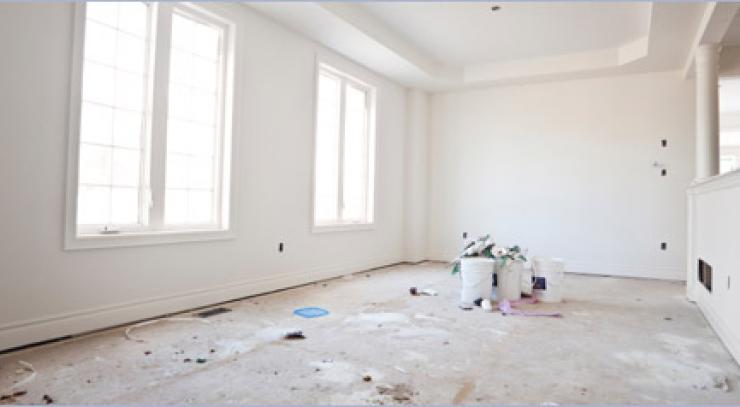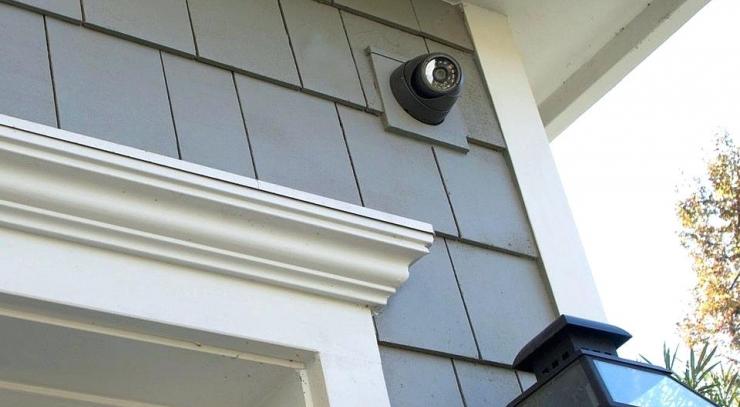In the world of architecture and building design, integrating elements that enhance both functionality and aesthetic appeal is crucial. Recently, neon signs have transcended their traditional roles as mere advertising tools and have become integral components of architectural design. From commercial buildings to residential spaces and cultural venues, architects are increasingly embedding neon signs into the initial design phases of buildings. This integration not only enhances the visual appeal of structures but also adds a layer of vibrancy and identity that resonates with the urban landscape.
The Role of Neon Signs in Modern Architecture
Neon signs, with their luminous glow and versatility, offer a unique blend of art and functionality that can significantly impact the architectural presence of a building. By incorporating these signs into the building design, architects can create landmarks that stand out in urban settings, attracting attention and providing a distinct identity. Neon signs are no longer just for storefront advertising; they are becoming an artistic statement, reflecting the building’s purpose and the cultural context of its location.
How Neon Signs Are Being Integrated into Building Designs
Architects and designers are finding innovative ways to incorporate neon into the very fabric of new constructions. Here’s how they are doing it:
- Facade Accents: Neon signs are being used to highlight architectural features, outline building profiles, or provide dynamic lighting effects on exteriors.
- Interior Features: Inside buildings, neon is used to create striking installations that contribute to the ambiance and interior decor, often becoming the centerpiece of lobbies or communal areas.
- Wayfinding Solutions: Neon signs are employed to guide visitors through buildings with a series of artistically integrated signs that enhance both functionality and aesthetic appeal.
- Branding Elements: For corporate buildings, neon signs are used to embed the brand identity directly into the architecture, making the building itself a reflection of the brand.
- Artistic Installations: Some architects collaborate with artists to create custom neon artworks that are specifically designed for the space, adding a layer of cultural significance.
This creative integration of neon signs into building designs not only enhances the visual dynamics of spaces but also engages with the public in more meaningful ways.
Benefits of Neon in Architectural Design
Incorporating neon signs into building design offers numerous benefits. Firstly, it allows for greater creative expression, giving architects and designers a vibrant medium to work with. Neon can be molded into almost any shape and can display a wide range of colors, providing limitless possibilities for customization and innovation. Additionally, neon has a nostalgic quality that evokes a sense of classic glamour and retro-futurism, making it a powerful tool for crafting memorable and impactful designs.
Moreover, neon lighting is energy-efficient compared to traditional lighting solutions, which aligns with the growing emphasis on sustainable building practices. Its durability and low maintenance make it a practical choice for long-term architectural applications.
Challenges and Considerations in Neon Integration
While the integration of neon into building design offers numerous benefits, it also presents specific challenges that architects and designers must carefully consider. One of the primary considerations is the technical installation and maintenance of neon lighting, which requires specialized knowledge and handling due to the fragile nature of neon tubes. Additionally, designers must ensure that the installation complies with local zoning and lighting regulations, which can vary significantly from one area to another. There's also the aesthetic challenge of ensuring that the neon accents do not overwhelm the building's design but rather complement it, maintaining a balance between vibrancy and harmony with the surrounding environment. Overcoming these challenges requires thoughtful planning and collaboration with skilled craftsmen and regulatory bodies, ensuring that the final installation is both safe and stunning.
Conclusion
The integration of neon signs into building designs is a trend that is reshaping the face of modern architecture. By blending functionality with artistic flair, neon enhances not only the aesthetic value of buildings but also their interaction with the environment and community. As this practice continues to evolve, it is set to redefine urban landscapes, turning ordinary buildings into spectacular showcases of light and color. Neon, once seen as the lighting choice of the past, is now glowing with possibilities for the future of architectural design.













